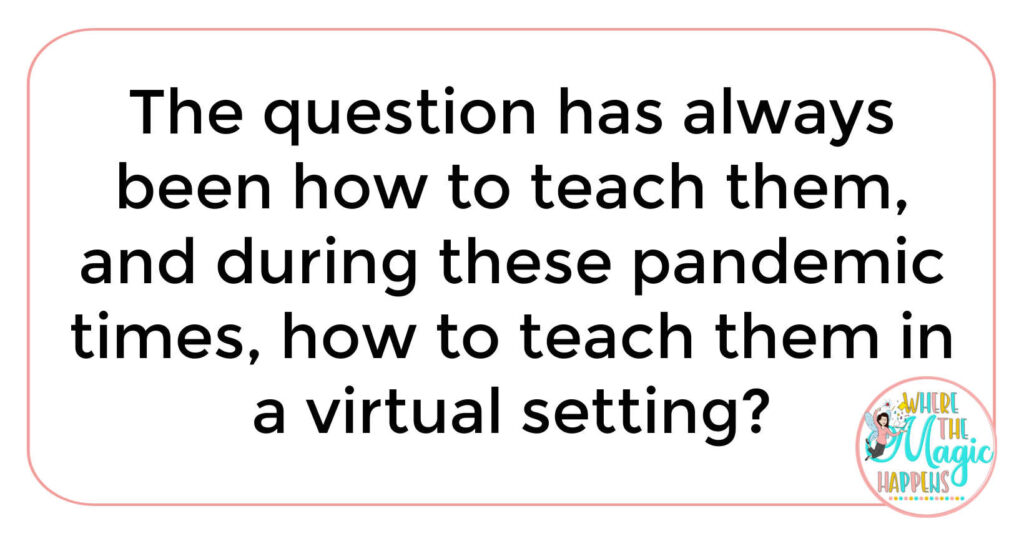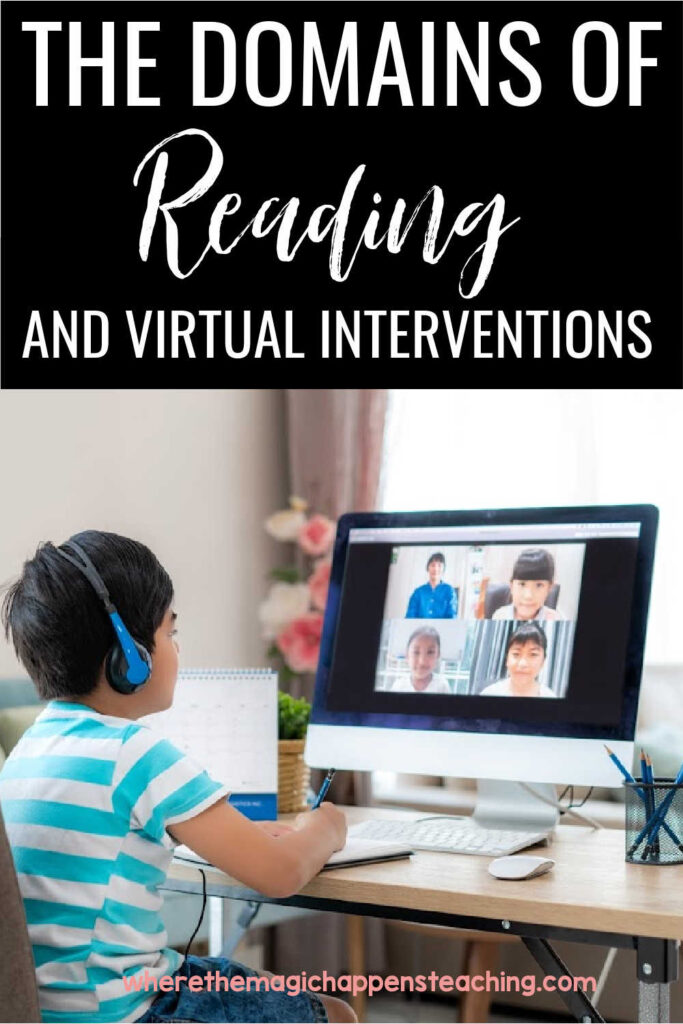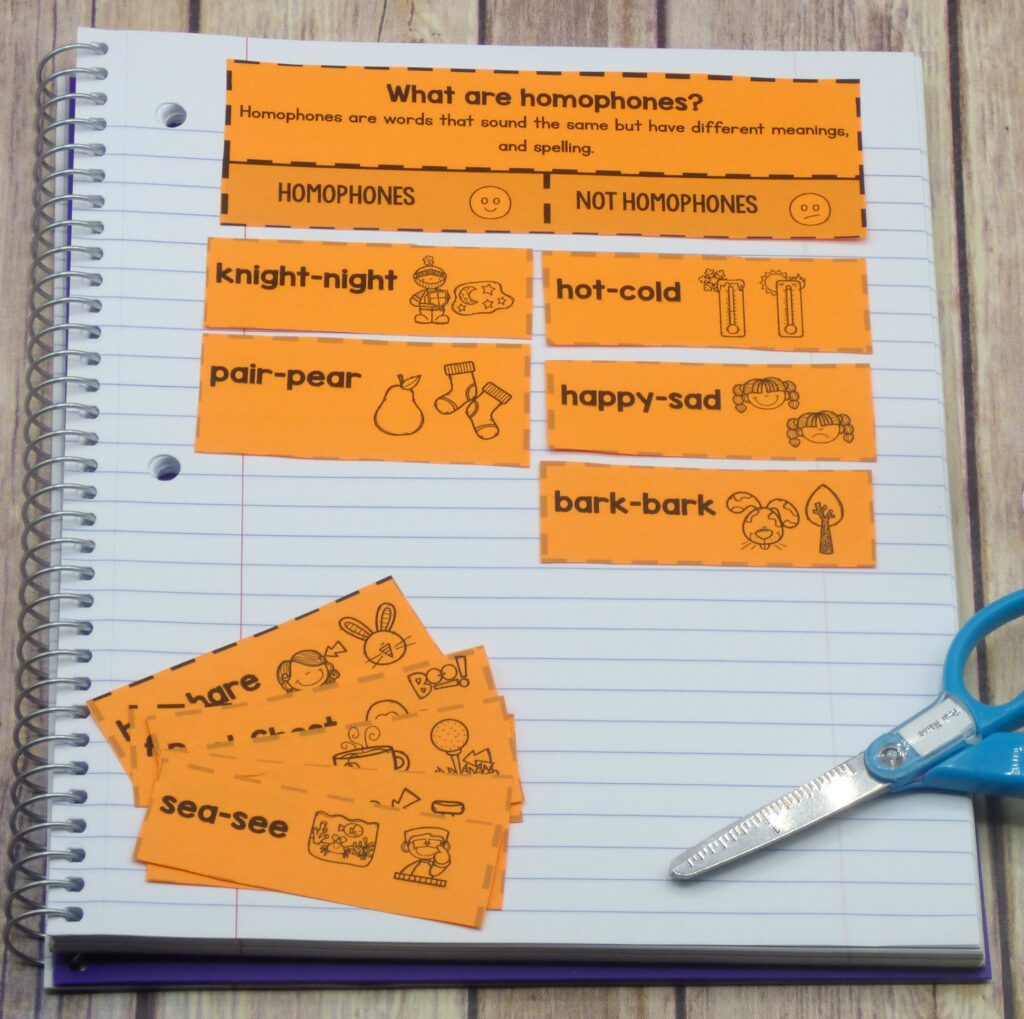Teaching reading during remote learning and conducting virtual interventions this year, has been a challenge for so many teachers across the world! Let’s look at applying the nine principles about intervention from my other posts on intervention to the five domains of reading. The principles are:
♥Provide explicit instruction
♥Following routines
♥Read a lot
♥Use read aloud
♥Use real books
♥Choice of material
♥Easy and instructional reading level
♥Successful experiences
♥Small chunk of time within a longer block of time

These domains (phonemic awareness, phonics, fluency, vocabulary, comprehension), identified by the U.S. Department of Education, are universally agreed upon as important elements of reading and writing instruction.

After missing so much school due to COVID and other things, I have personally witnessed how students have more reading gaps than ever. Being intentional with interventions, face-to-face or virtual, should be a priority in your classroom. On the other hand, we know that being systematic about our teaching methods is important, but that doesn’t mean I can’t use real books and interactive materials for teaching in addition to targeted interventions. It means that as the teacher, I need to know and understand the underpinnings of each domain so I can be thoughtful about what I am doing and how I am doing it.

The 5 domains of reading are: phonemic awareness, phonics, fluency, vocabulary, and comprehension.
Click below to learn about different interventions in each domain:
PHONEMIC AWARENSS
Click here for phonemic awareness interventions.
PHONICS
Word boxes and word sorts are phonics activities that can be used as virtual interventions.
FLUENCY
Repeated readings from intervention central.
VOCABULARY
Building sight word vocabulary from intervention central.
COMPREHENSION
Ask-Read-Tell strategy from intervention central.

The types of activities I have suggested in each category include explicit teaching,
use of real books, read aloud, three of the elements of effective intervention and are easy to do in a virtual setting because you can show the children everything you want them to see. The other principles are more for your thinking about organization for teaching. Having your materials organized and readily available will make all these teaching ideas easier to present. If you have a pocket chart or magnetic board and putting a small piece of a magnet on the back of the picture cards keeps everything in easy reach. Personally, I prefer teaching from my usual space for online teaching or creating a small space that has many of my favorite teaching tools readily available is a good alternative.
REOURCES FROM MY TPT STORE THAT CAN BE USED FOR VIRTUAL INTERVENTIONS
Thank you for reading teacher friend! Next week, I will be back with tips and strategies to teach phonemic awareness remotely!
SUGGESTED SHOPPING LIST
PIN ME!







Leave a Reply